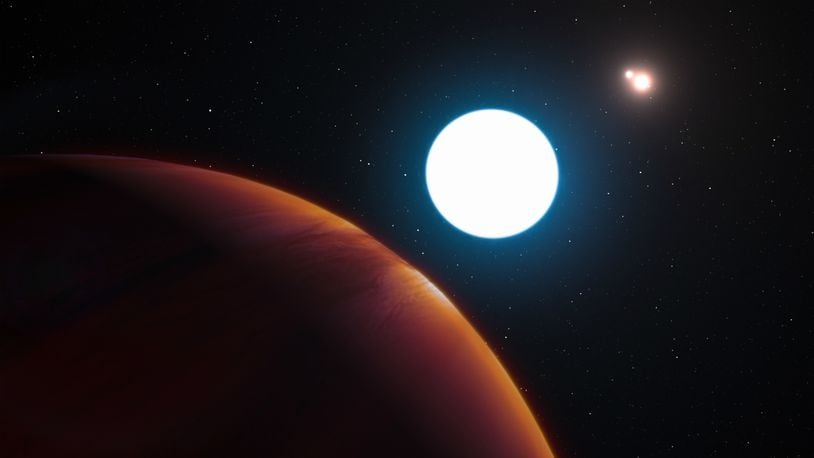As the astronomers observed 1,600 stars, they found 60 new planets and additional evidence of 54 others.
One of the 60 new planets, according to the recent study published by the Lick Observatory and astronomy departments at multiple universities, is a "super Earth" called GJ 411b.
"Super Earth," according to TechTimes.com, is described as a hot planet with a rocky surface. It also orbits the star GJ 411, the fourth nearest star to the sun.
Scientists used a popular technique called radial velocity, which measures changes in the color and location of stars, to detect the planets.
According to Mikko Tuomi of the University of Hertfordshire, one of the colleagues involved in the project and study, the findings challenge conventional assumptions that only a few stars had planets.
Instead, there seems to be a nearly infinite number of planets beyond the solar system, TechTimes.com reported.
About the Author
